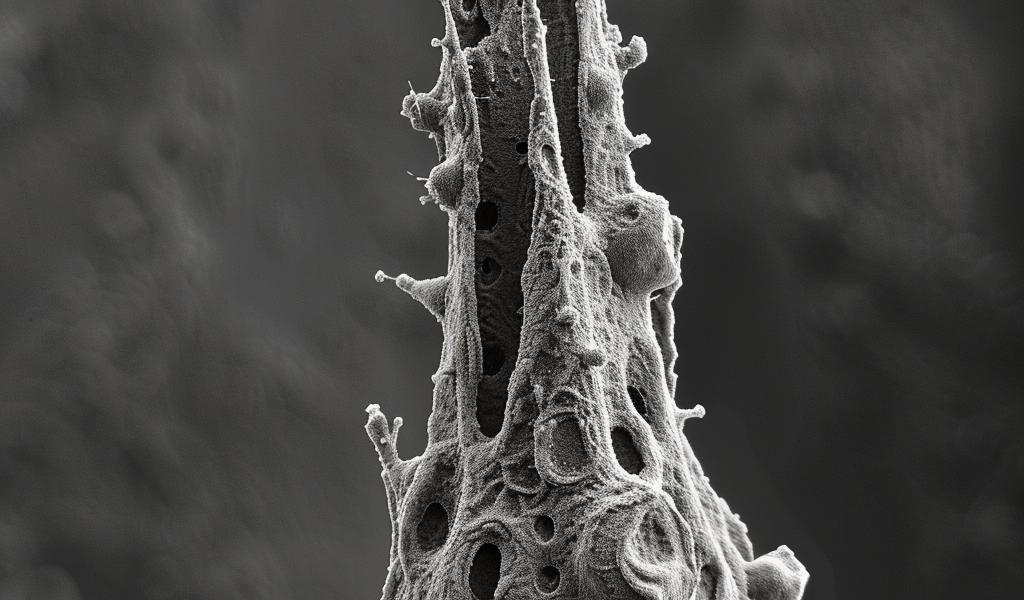Stanford scientists have made a groundbreaking discovery in the human microbiome, identifying a new class of biological entities they have named ‘Obelisks.’ These entities, with a rod-like structure, are a unique cross between viruses and viroids, and are surprisingly common and diverse within the human body.
The microbiome, consisting of trillions of microbes, is still largely unexplored, and the discovery of Obelisks adds a new layer of complexity to our understanding of the microbial world within us. The researchers found almost 30,000 different types of Obelisks in microbiome samples from over 400 individuals worldwide, indicating their widespread presence.
What sets Obelisks apart is their distinct phylogenetic group with no similarity to known biological agents, making them a completely new entity in the realm of microbiology. Their role within the human body is currently unknown, leaving scientists to speculate on their potential effects on human health.
One theory suggests that Obelisks may interact with other microbes within the body, potentially influencing the balance of beneficial and harmful bacteria. The Streptococcus sanguinis bacteria, found in dental plaque, is being considered as a potential host for further study of Obelisks.
While the study is yet to undergo peer review, the findings have been made available as a pre-print, sparking significant interest and further research in the field of microbiology. This discovery opens up new avenues for understanding the intricate relationships within the human microbiome and the potential impact on human health.





